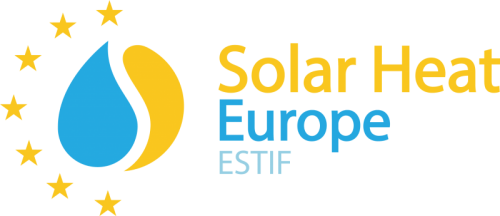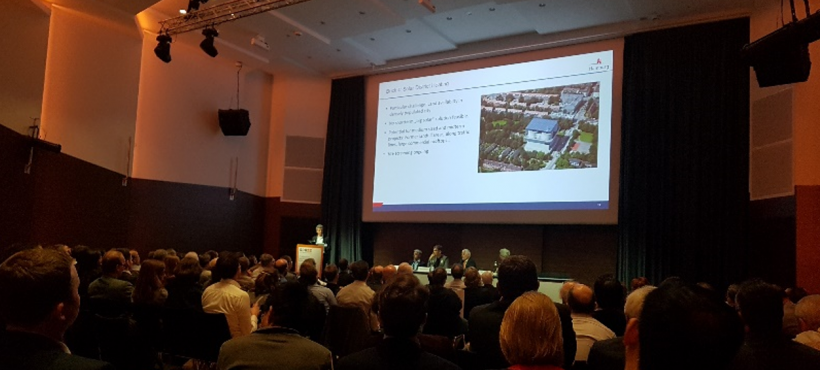The development that Solar District Heating has enjoyed over the last years was once gain made clear during the 5th International Solar District Heating Conference.
This conference took place in Graz, Austria on 11-12 April, registering a record attendance of 350 participants, from diverse backgrounds, be it industry, research, policy, local authorities and utilities.
Inspired by an annual market growth of 35 per cent in Europe, 350 experts have come together in Graz, Austria, for the 5th International Solar District Heating Conference. On 11 and 12 April 2018 the scientists and market stakeholders discuss the state of the art and strategies for the further development of the solar district heating market.
In this conference it was clear that additional developments are expected. The potential for solar district heating is considerable, taking into account the trends and expectations regarding the decarbonization of the district heating supply in Europe, besides the possibilities for development of new efficient and clean district heating networks.
An example of this was the announcement that “Big Solar Graz” as reached a new milestone, with land for support buildings and the large thermal storage secured. The project might have to be redimentioned, in order to adapt to the land availability, though it is likely to reach 200 MWth. Another example was provided by Mr. Werner Lutsch, president of Euroheat & Power (the European district heating association) referring that it is expected that solar district heating will reach a record contribution of over 1 TWhth this year. In order to show the potential of this solar heat application, he referred that solar district heating is expected to represent 15 per cent of the district heating supply in Europe in 2050, which could represent 240 TWhth.
The location of this conference was also a tribute to the work that Graz has been doing in terms of decarbonization of its energy system and the promotion of the use of renewable energy, namely solar heating. Participants were invited to visit examples of solar district heating plants in the city, from one operating for 20 years to a newly inaugurated plant, that combines different sources, including solar thermal, with a large capacity thermal storage, assisting in the management of peak demand in the district heating network of the city.
The development in this market segment are encouraging and are being addressed within Solar Heat Europe/ESTIF. For instance, the Task-force on Solar District Heating will hold a webmeeting on the 8th May. Those interested in attending this meeting shall contact the Solar Heat Europe/ESTIF secretariat: members@solarheateurope.eu


Leave a Reply